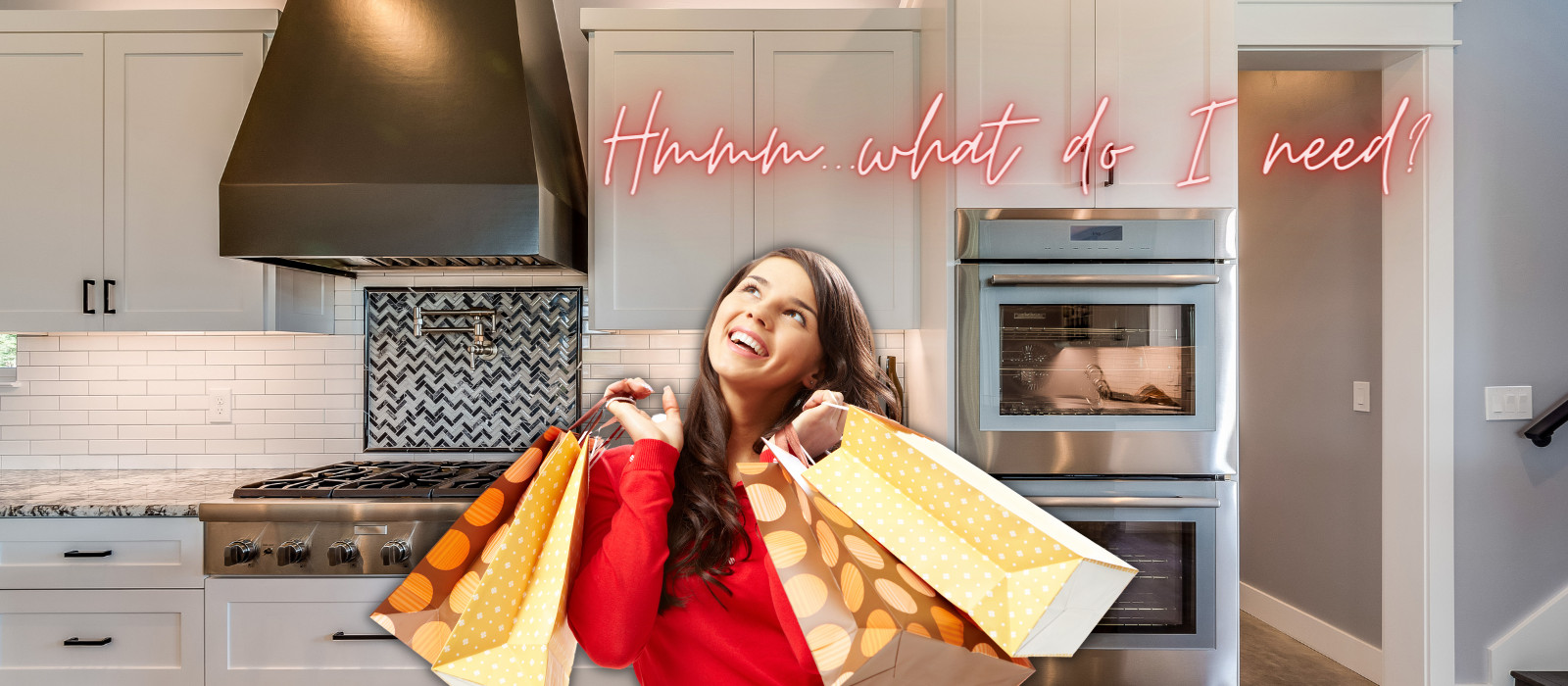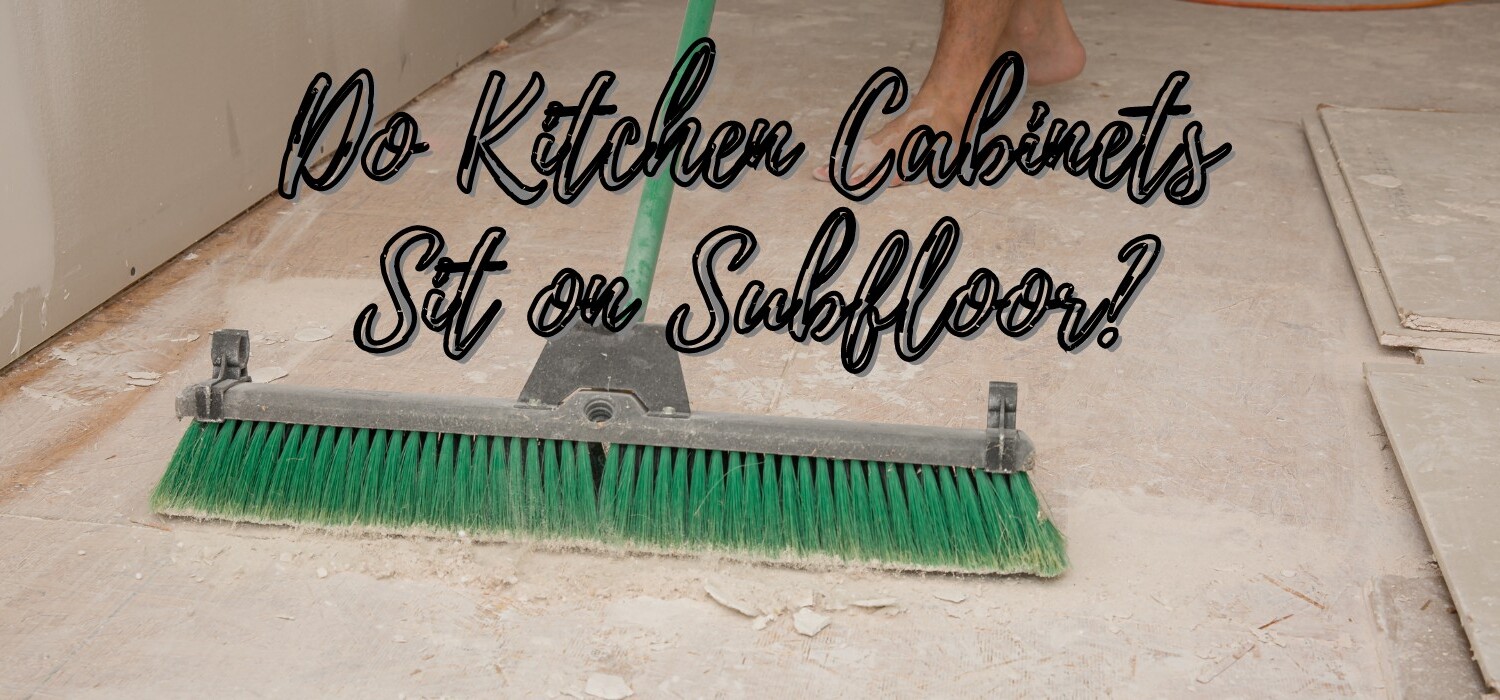Whether you’re knee-deep in a massive kitchen remodel or just tired of looking at that nasty food-splattered vent, buying a new kitchen hood can be trickier than you previously thought.
I’m sure you’ve heard all about the technicalities of installing a new range hood with your first Gogoel search, but if we’re being honest, style is probably at the forefront of your thoughts.
So what’s more important? I mean, it has to flow with your vibe. And yeah, fitting between your cabinets would be ideal.
But what else aren’t you thinking of?
Luckily, I’ve put together nine must-consider factors that’ll lead you to the perfect kitchen hood.
There are other questions to ask yourself. But these nine considerations are as important as the framework of your dream home. Forget to take your time and do it right; every neighbor on the street will spot its imperfections!
1. Size
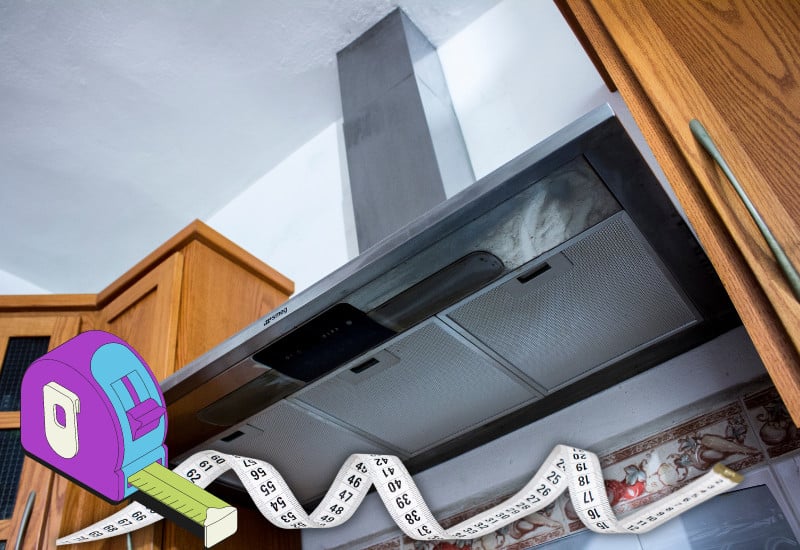
Size has a lot to do with the perfect hood in your kitchen. And I’m not just talking about the aesthetic.
Sizing will decide how effectively your hood removes any odors and smoke inside your cooking space.
Some critical rules to follow when considering hood size are:
- Take into account the dimensions of your range
- Ensure the hood placement will capture all excess vapors
A kitchen hood that is too large will look like an unforgettable eye sore to your guests. However, if you overcompensate and choose one too small for your range, you’ll quickly notice the smells and smoke lingering around the room.
2. Exhaust Capacity
Your exhaust capacity refers to the volume of air your hood can filter out of your kitchen.
This volume measurement is known as CFM or cubic feet per minute. I won’t bore you with the details, but you want to check the hood specifications related to the size of your cooktop.
Generally, a hood must have 100 CFM for every linear foot length of your range.
If you fail to meet these guidelines, the circulation and filtering of unwanted vapors will be poor. This leads to greasy cabinets and the smell of food trapped in your home.
3. Ducted or Ductless
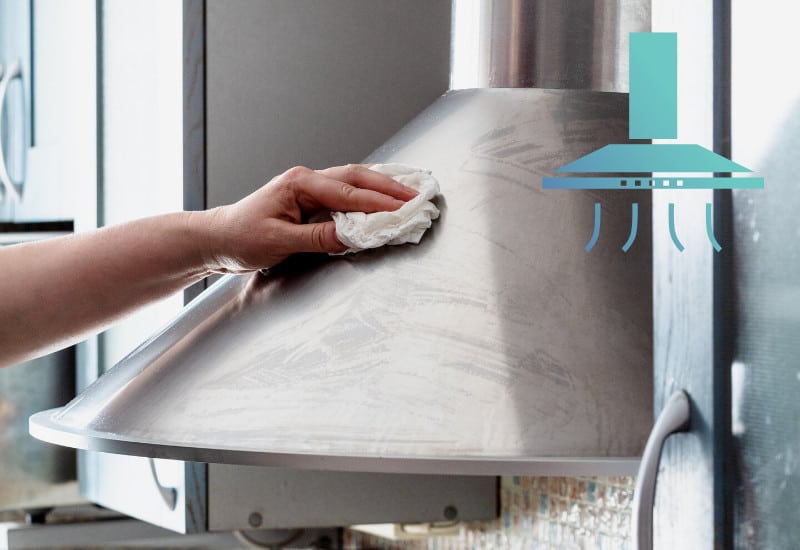
While ductless hoods are easier to install and might hurt your wallet a little less, a ducted range hood is more functional.
For instance, a ducted hood moves the smoke and odors from your kitchen to the outside of your home. But the ductless hoods recirculate the air through a filter.
Yeah, it works. Though, at what cost?
You’ll need more regular maintenance on a ductless hood. And because you’re not filtering the smoke outside, the constant spinning of the fan is louder than that of a ducted hood.
This takes us to our next foundational consideration when buying a kitchen hood; noise level.
4. Noise Level
Kitchen hoods can be noisy, especially at higher speeds. This can be a significant factor if you have an open-plan living area or frequently entertain in your kitchen.
When considering the noise level of a kitchen hood, it’s essential to look at the sone rating. A sone is a unit of loudness, and the higher the sone rating, the louder the hood.
A sone rating of 1.5 or lower is generally considered quiet, while a rating of 4 or higher can be noisy.
The noise level of a hood can depend on various factors, including the motor’s quality, speed, and design.
If noise is a significant factor for you, look for hoods with a lower sone rating and specifically designed to be quieter. Additionally, some hoods are designed to minimize vibration and noise, so you can choose one of these models to reduce noise even further.
5. Style
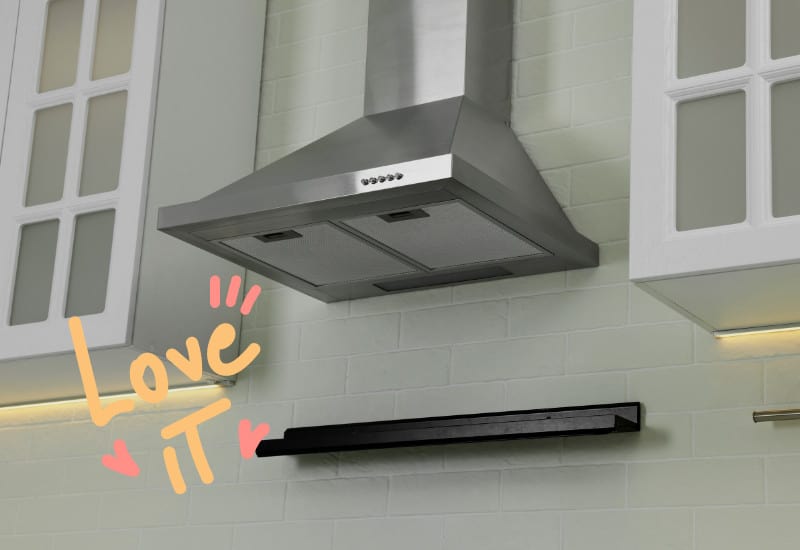
And here we are! How’s it look, and how do you feel about it?
Style is no less important a consideration than sone levels and CFM. If you can’t shake the feeling that your kitchen hood is ugly, the technical aspects of your decision won’t matter.
What is there to think about regarding the style of your range hood?
- The materials used to make the hood (durability, aesthetic, etc.)
- The shape of your hood; curved or angled
- Installation options: under the cabinet, wall mounted, island hood?
Don’t sacrifice style for functionality alone!
6. Filters
Choosing a hood with the appropriate filter for your cooking needs is essential.
If you frequently cook with high heat or fry food, a baffle filter may be the best option, as it is more effective at trapping grease and oil. A mesh filter may be sufficient if you primarily cook at lower temperatures and don’t fry food often.
To be clear, baffle filters and made with multiple metal layers that are good for trapping all the nasties that travel up and out through the hood’s filter. The metal used is generally aluminum or stainless steel, which makes it more durable and less likely to clog.
A mesh filter functions similarly but doesn’t use the same metals in its layers. That’s why it clogs easier with grease and is much harder to clean.
7. Lighting
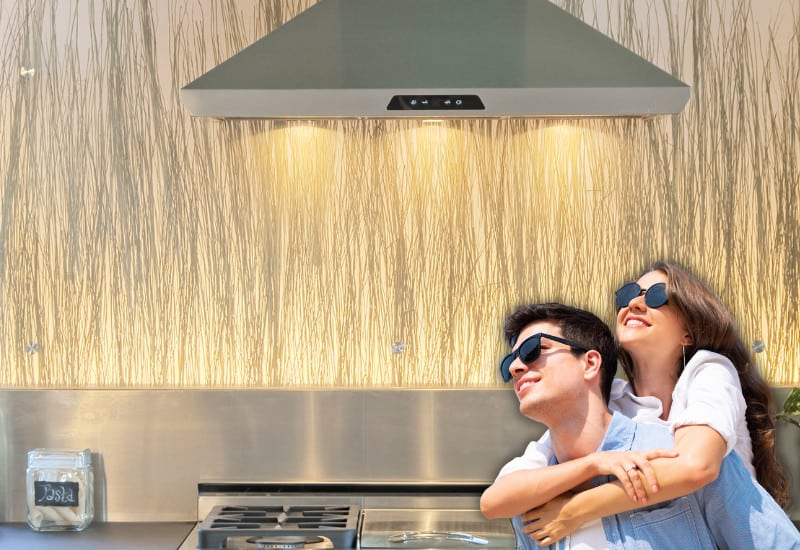
Of course lighting is important!
Why should you use recessed kitchen lighting when crafting your annual Thanksgiving meal?
Most kitchen hoods have built-in lighting options, ranging from LED to halogen bulbs. So you will have choices for those who are more energy efficient conscious.
And if you really want to kick it up a notch, consider range hoods that give you more control, such as dimming and the ability to adjust their angle.
8. Controls
Speaking of more control…yes, please!
There are several types of controls to choose from, including manual, touch, and remote controls.
If you’re upgrading your space, I’m sure you’re all too familiar with the manual option.
Let me spoil you by telling you how touch controls on your new hood make it a sleeker-looking design, but cleaning those touch pads is also much more manageable than wiping the grease from under traditional knobs.
And remote controls? Forget about it. There’s nothing more convenient to work with if you don’t mind paying a little extra.
9. Price
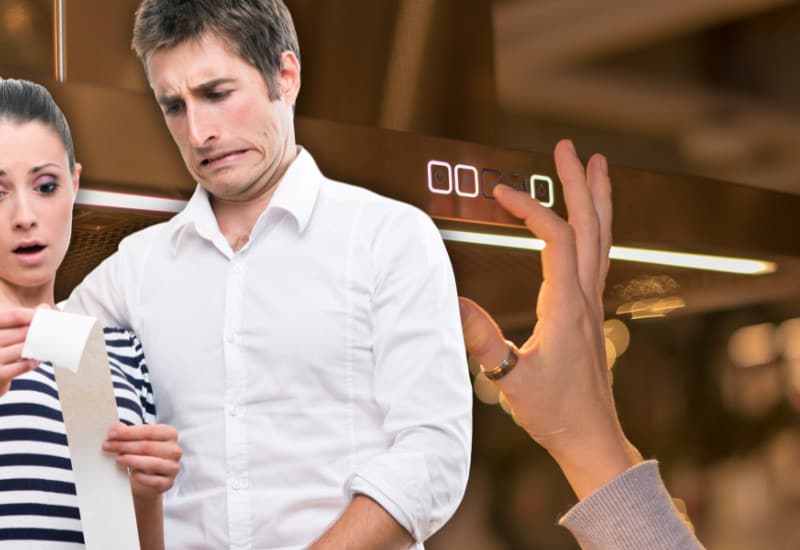
Ahh…the price tag.
Budget will always be something to consider with any remodel. Your kitchen hood is no different.
As you narrow down your selection with each previous factor, you’ll notice the range in cost will get narrow and often higher.
But don’t fret. There are ways to balance this part of the experience out. Of course, you could be more amenable in some other departments to give you more budget. Usually, this comes into play when considering style or controls.
Another method is to consider the money you’ll save on future repairs and energy bills. Those extra dollars will surely add up by selecting a kitchen hood with a more formidable filter, an adequate hood size, and the proper lighting.
Ultimately, the choice is yours. Some of these factors will be more valuable to you than others. But a flexible balance between these 9 foundational considerations guarantees a kitchen hood that works professionally without sacrificing your personal preference.

